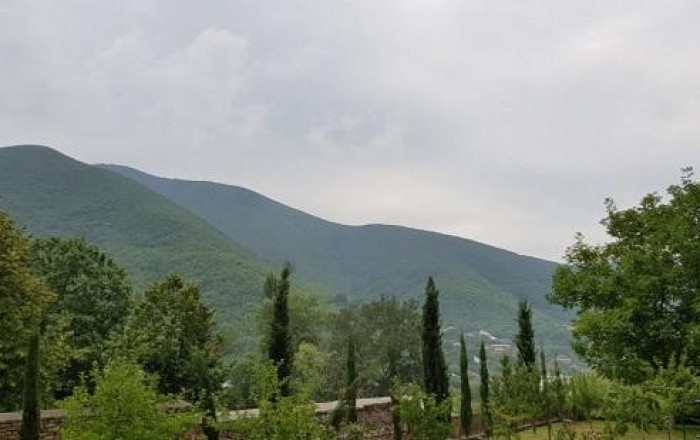Around 5,000 years ago, the population in northern Europe collapsed, decimating Stone Age farming communities across the region, Reuters reported. The cause of this calamity, called the Neolithic decline, has remained a matter of debate.
New research based on DNA obtained from human bones and teeth excavated from ancient burial tombs in Scandinavia - seven from an area in Sweden called Falbygden, one from coastal Sweden close to Gothenburg and one from Denmark - suggests disease, specifically the plague, may have driven the Neolithic decline.
The human remains came from a megalithic tomb type built of giant stones, called passage graves.
The remains of 108 people - 62 males, 45 females and one undetermined - were studied. Eighteen of them - 17% - were infected with plague at the time of death.
The researchers were able to chart the family tree of 38 people from Falbygden across six generations, spanning about 120 years. Twelve of them - 32% - were infected with plague. Genomic findings indicated that their community had experienced three distinct waves of an early form of plague.
The researchers reconstructed full genomes of the different strains of the plague-causing bacterium Yersinia pestis responsible for these waves. They determined that the last one may have been more virulent than the others and identified traits indicating the disease could have spread from person to person to cause an epidemic.
"We learned that the Neolithic plague is an ancestor to all later plague forms," said University of Copenhagen geneticist Frederik Seersholm, lead author of the research published this week in the journal Nature.
A later form of this same pathogen caused the Justinian Plague of the 6th century AD and the 14th century Black Death that ravaged Europe, North Africa and the Middle East. Because the strains circulating during the Neolithic decline were much earlier versions, the plague may have produced different symptoms than witnessed in the epidemics millennia later.
The study demonstrated that the plague was abundant and widespread in the area examined.
Source: azertag.az












